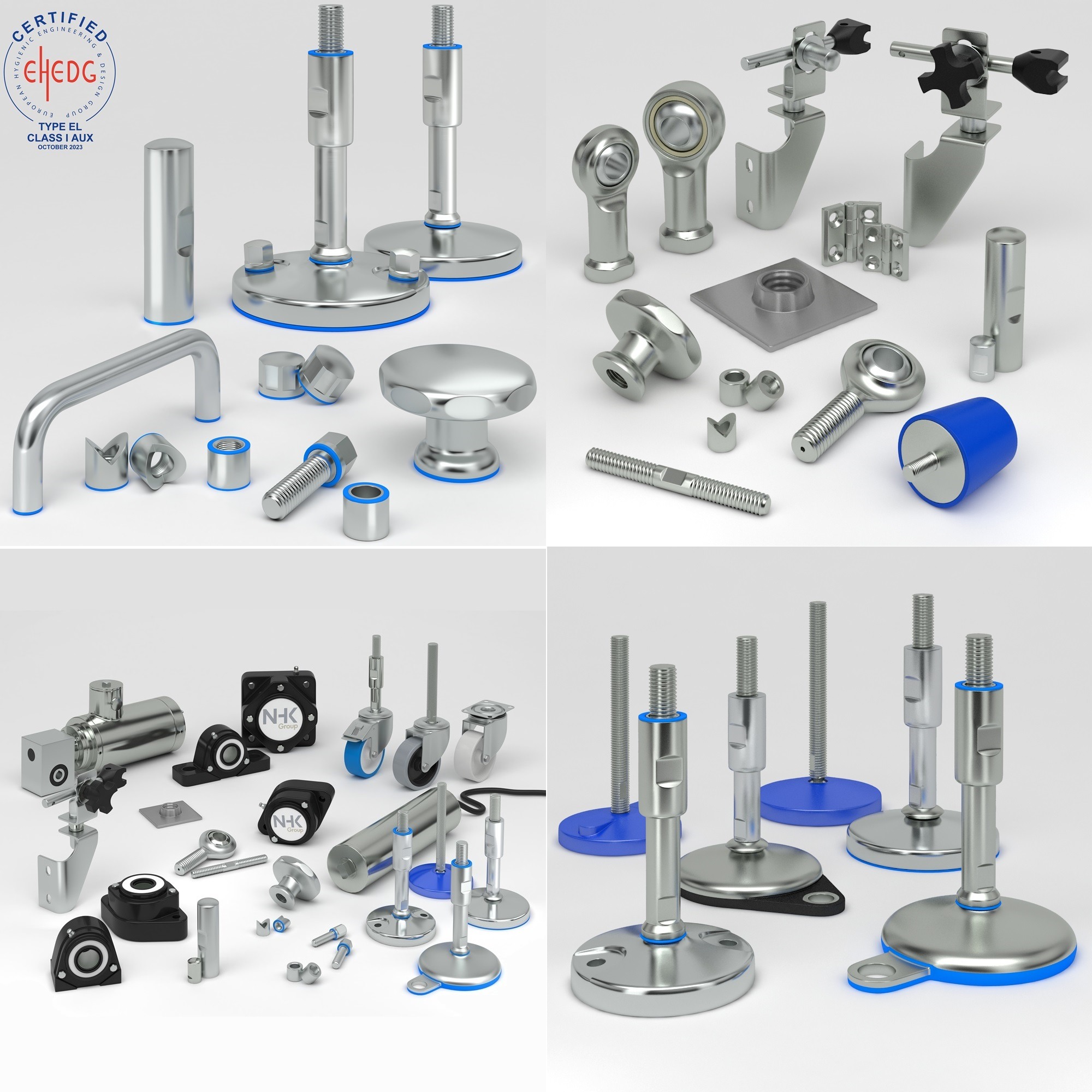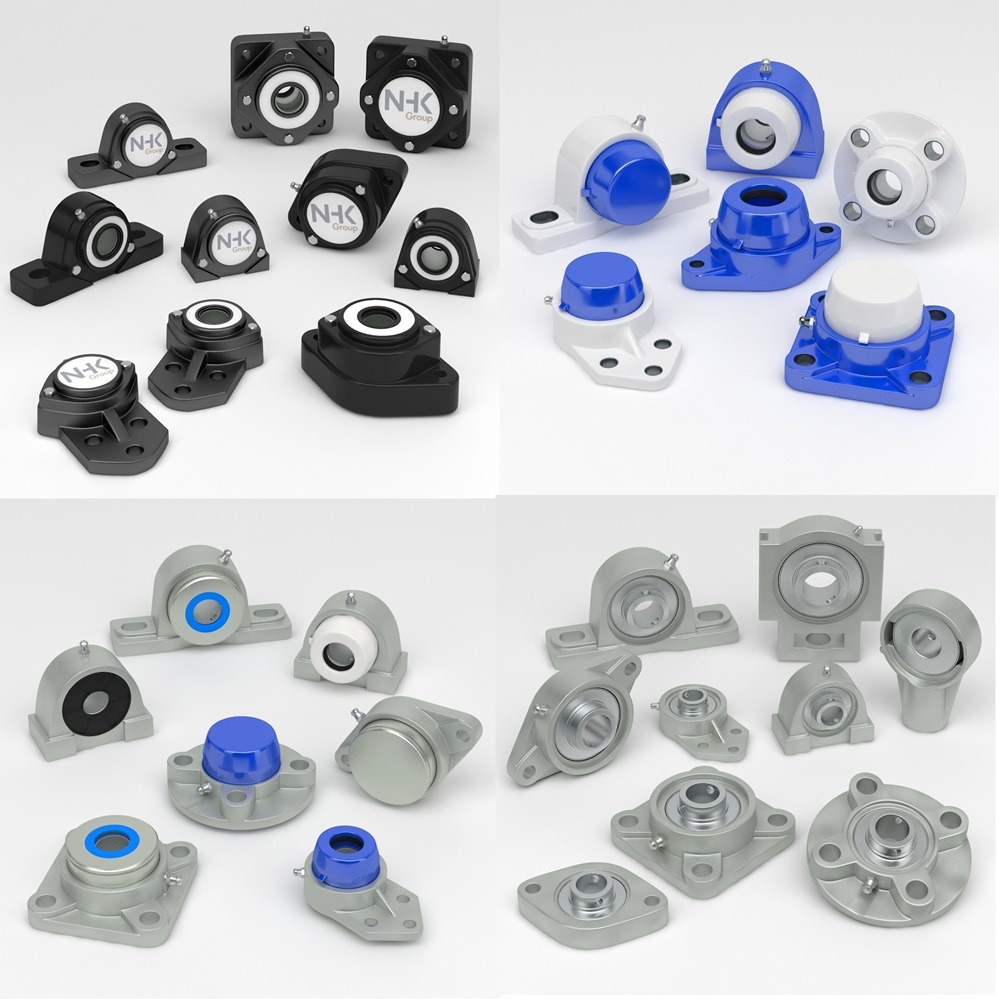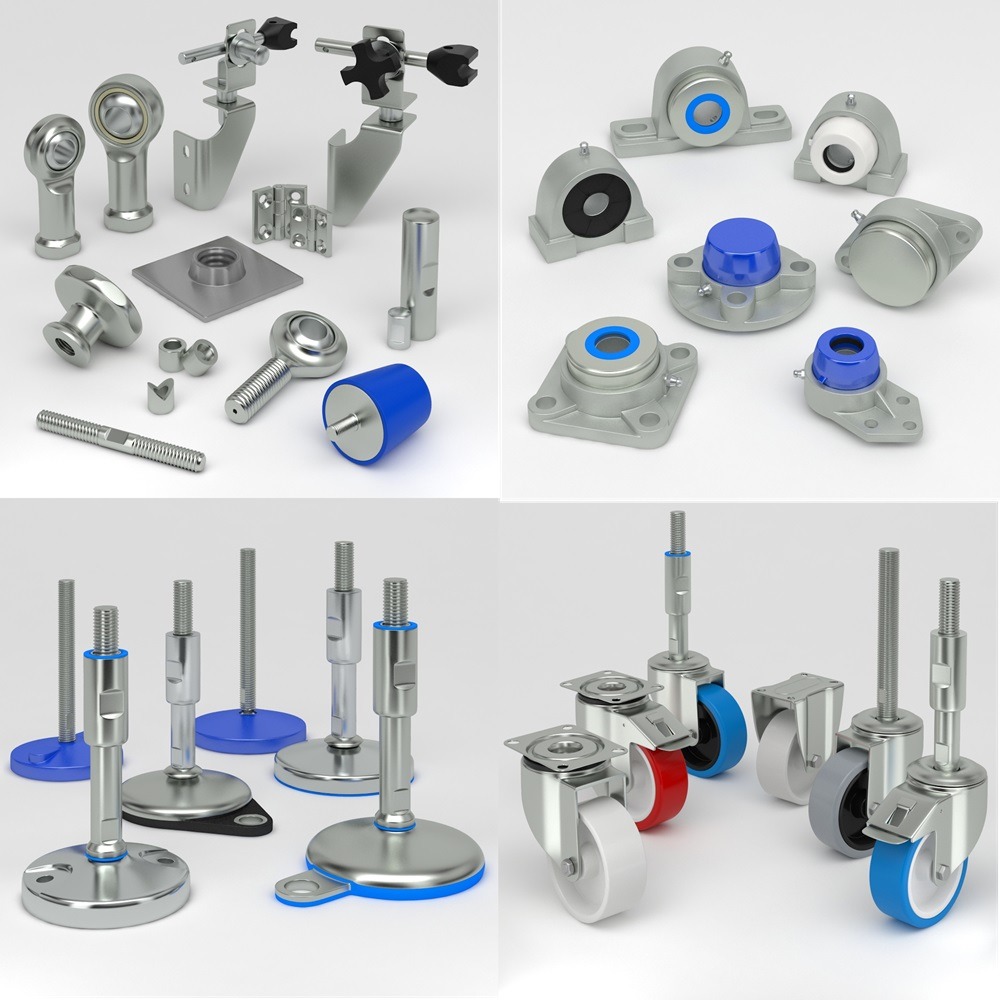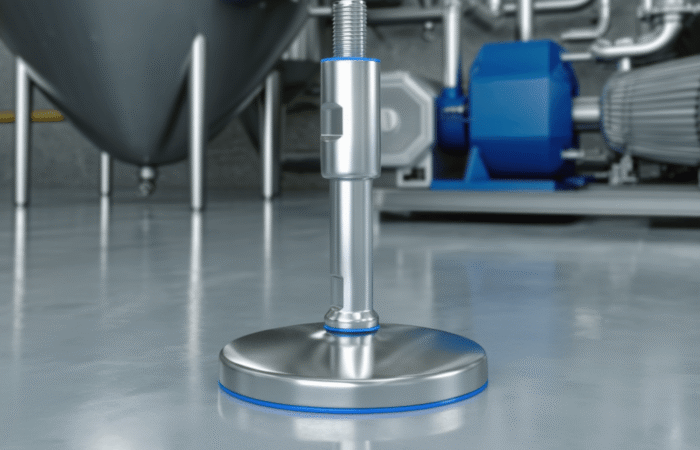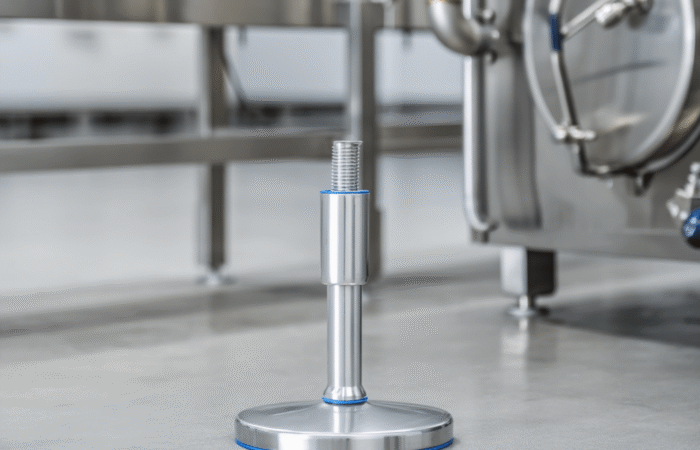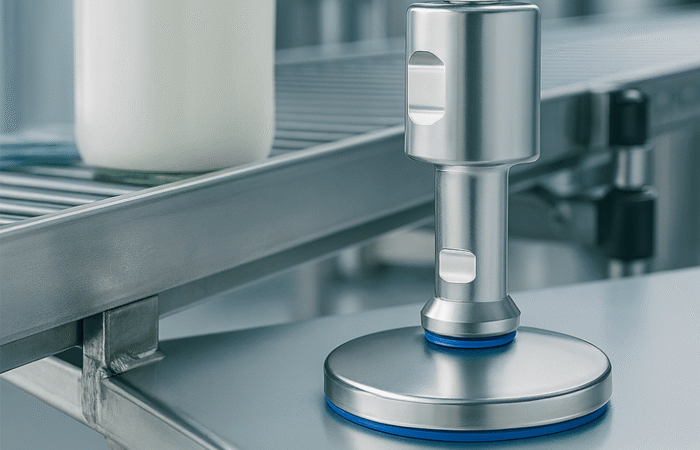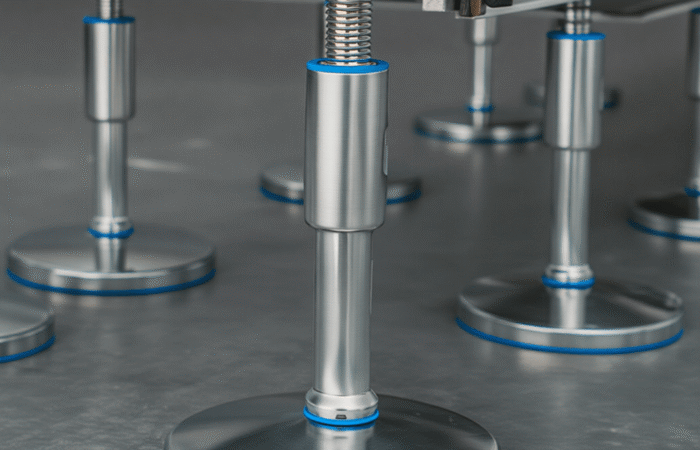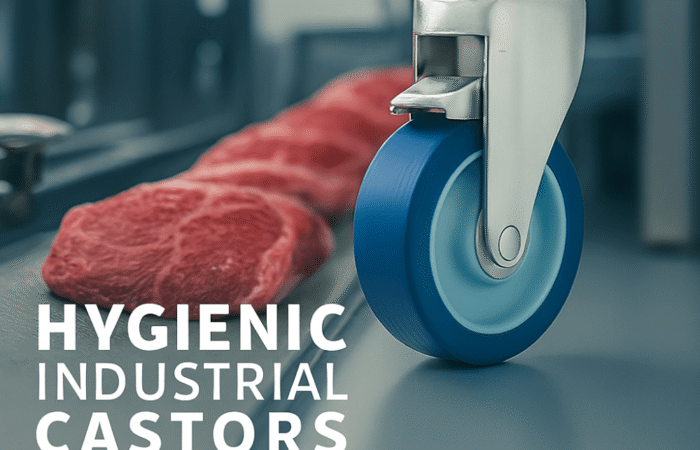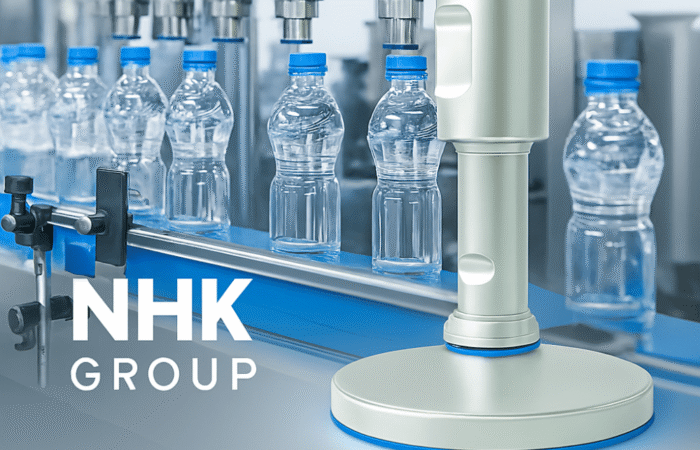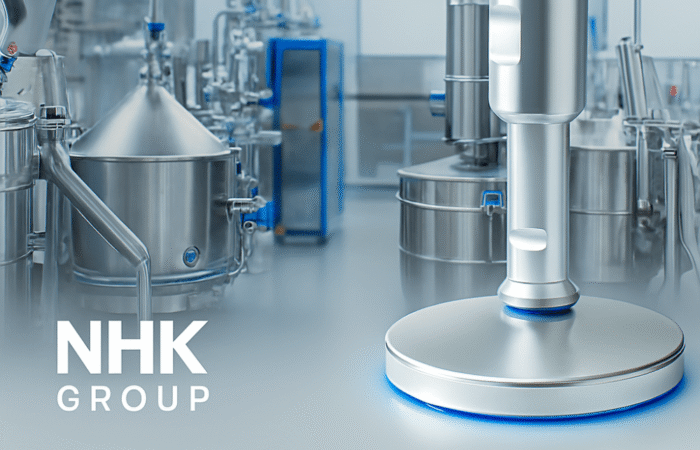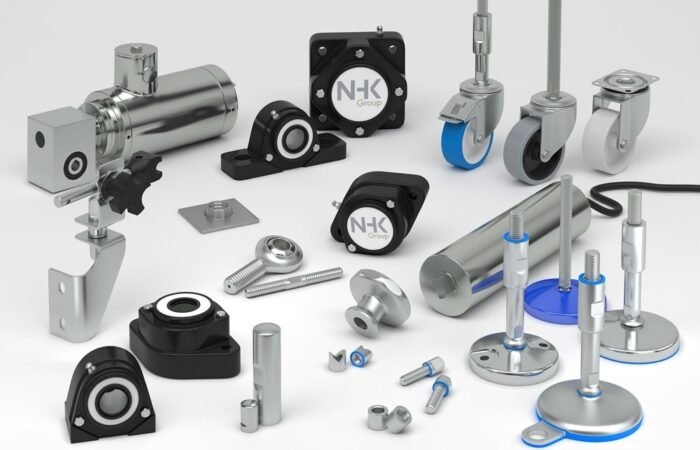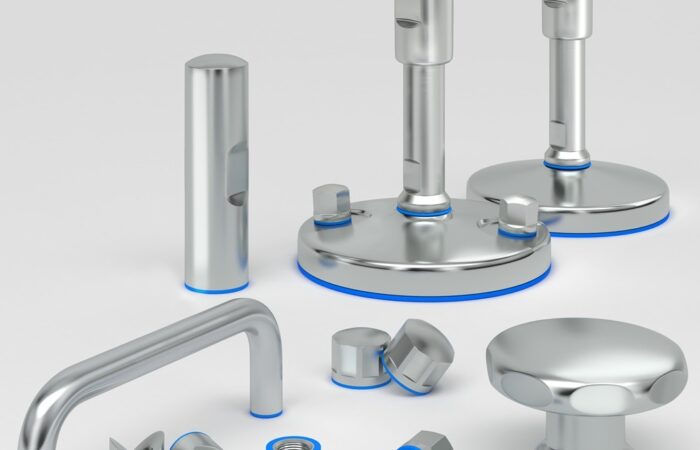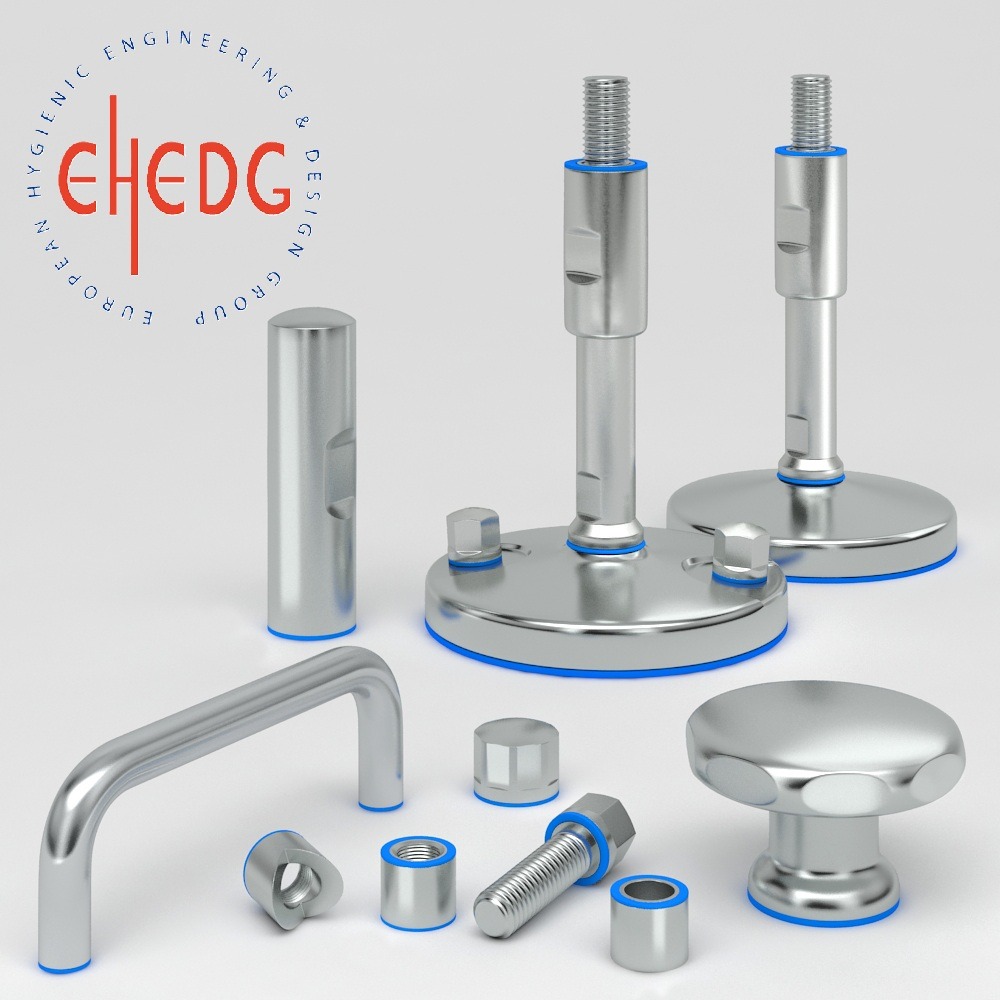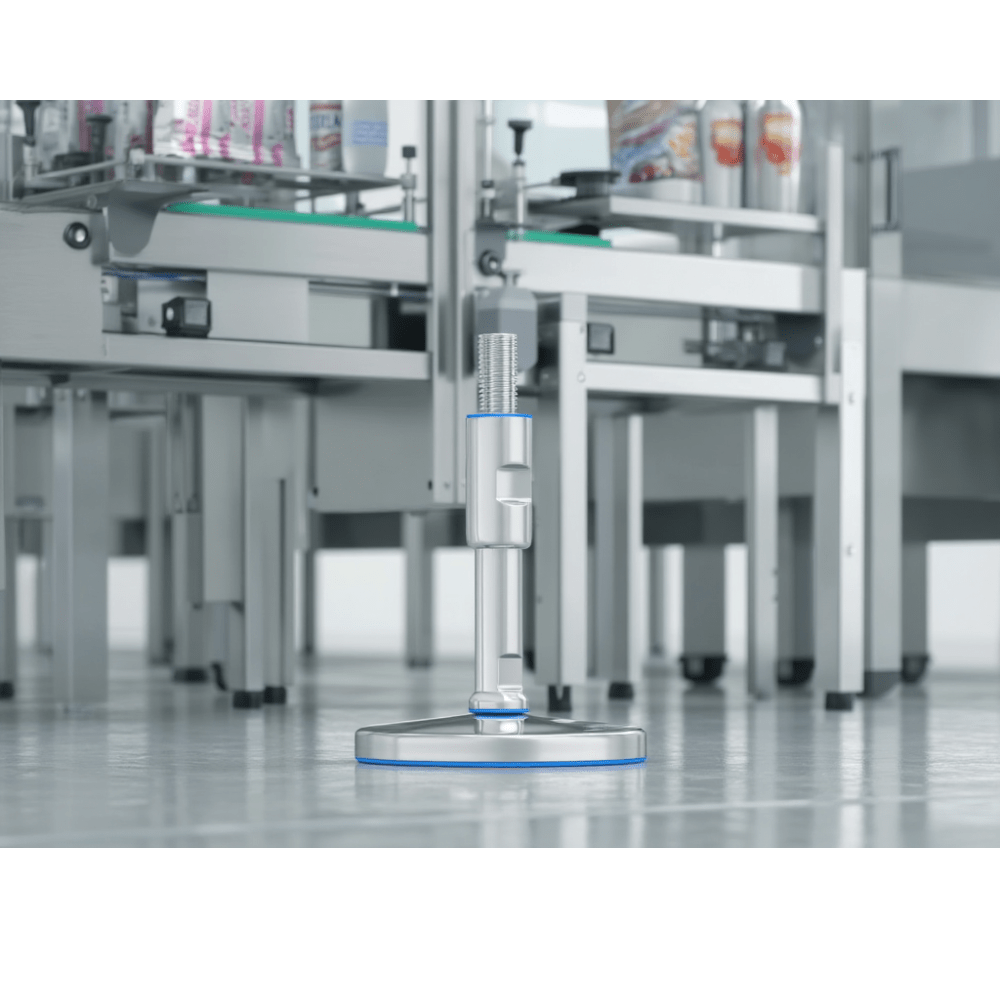Ensuring Safety and Efficiency in Baby Food Processing: The Role of Hygienic Machinery Components and Sanitary Conveyor Parts
In the baby food processing industry, maintaining the highest standards of safety, quality, and hygiene is paramount. The delicate nature of the products and the stringent regulations require manufacturers to use specialized equipment that ensures a contamination-free production environment. This article explores the essential hygienic machinery components and sanitary conveyor parts used in the production of baby food, highlighting their critical role in maintaining safety and efficiency.
Product line | NHK Machinery Parts
The Unique Requirements of the Baby Food Processing Industry
Baby food production encompasses a variety of products such as infant formulas, fruit and vegetable purees, and toddler snacks. These products need to be processed under controlled conditions to prevent contamination and preserve their nutritional integrity. Ensuring consistent texture, taste, and quality is crucial, as any deviation could impact the product’s suitability for consumption by infants and young children.
Key requirements in baby food processing include:
- High Levels of Hygiene: Equipment must be designed to prevent bacterial growth and minimize product contamination. This includes the use of stainless steel and food-grade materials that are resistant to corrosion and easy to clean.
- Efficient Cleaning Processes: Since baby food products often include sensitive ingredients, such as dairy and fruit, the production lines must support effective cleaning-in-place (CIP) and sanitization routines.
- Precision in Processing: Maintaining product consistency is vital for baby food products, particularly for infant formulas and purees. Equipment such as homogenizers and pasteurizers must operate with high precision to ensure uniformity in texture and composition.
- Compliance with Regulations: The baby food industry is subject to stringent safety regulations, including FDA guidelines and other international standards. Therefore, machinery components must meet these compliance requirements to ensure food safety.
Key Hygienic Machinery Components for Baby Food Processing
- Homogenizers: Homogenizers are essential in baby food production, particularly for liquid and semi-solid products like purees and formulas. They break down fat molecules and evenly distribute them throughout the mixture, resulting in a smooth and consistent texture. Hygienic homogenizers are designed to withstand high pressure while maintaining a sanitary environment, making them ideal for creating uniform and stable baby food products.
- Pasteurizers: Pasteurization is a critical step in baby food processing, as it eliminates harmful bacteria without compromising nutritional value. Hygienic pasteurizers use heat treatment to kill pathogens and extend shelf life. The design of these machines includes smooth surfaces and minimal crevices to prevent residue buildup, ensuring thorough cleaning after every batch.
- Aseptic Filling Lines: Aseptic filling lines are used to fill baby food into jars, pouches, or bottles in a sterile environment. These systems maintain product integrity by preventing contamination during the filling and sealing processes. Using aseptic filling lines minimizes the need for preservatives, allowing manufacturers to produce natural, clean-label baby food products.
- Jar Fillers: Jar fillers are specialized machines designed for handling the precise filling of glass jars, a common packaging choice for baby food purees. They include hygienic features such as smooth internal surfaces, automatic cleaning functions, and reduced contact points to maintain product purity.
Sanitary Conveyor Parts for Safe Baby Food Transportation
Sanitary conveyor systems are integral to baby food processing, as they transport products through various production stages without compromising hygiene. The choice of conveyor components plays a crucial role in ensuring product safety and preventing contamination. Here are some essential sanitary conveyor parts used in the baby food industry:
- Stainless Steel Frames and Supports: The structural components of a conveyor system must be made from high-quality stainless steel to ensure durability and resistance to corrosion. Stainless steel frames and supports also prevent the accumulation of dirt and bacteria, which can be common in other materials. These components are easy to clean, allowing for efficient sanitization between production runs.
- Hygienic Conveyor Belts: Conveyor belts in baby food processing are typically made from food-grade materials like polyurethane or modular plastic. These materials are non-porous and resistant to bacterial growth, making them ideal for transporting sensitive products. Hygienic conveyor belts are designed with minimal contact points and open structures to facilitate easy cleaning and reduce the risk of cross-contamination.
- Sealed Bearings and Washdown-Ready Motors: Sealed bearings and washdown-ready motors are crucial for maintaining hygiene in wet or washdown environments. Sealed bearings prevent contaminants from entering, while washdown-ready motors are built to withstand frequent cleaning with high-pressure water and chemical detergents. This ensures that the conveyor system remains free from contaminants, even in rigorous cleaning routines.
- Modular Sanitary Conveyors: Modular conveyors offer flexibility in baby food processing plants, allowing for easy reconfiguration and customization. These systems are designed to be disassembled quickly for thorough cleaning and inspection. Modular sanitary conveyors can be equipped with specialized components such as side guides, drip trays, and clean-out holes to enhance hygiene and prevent contamination.
Best Practices for Maintaining Hygiene in Baby Food Processing
To maintain the highest standards of hygiene, baby food manufacturers must implement stringent cleaning and maintenance protocols for their machinery and conveyor systems. Some best practices include:
- Regular Cleaning and Sanitization: Establish a routine cleaning schedule that includes daily and weekly deep cleaning of all machinery and conveyor components. Use CIP systems for hard-to-reach areas.
- Use of Food-Grade Lubricants: Lubricate moving parts with food-grade lubricants to minimize wear and tear without risking product contamination.
- Frequent Inspections and Replacements: Regularly inspect machinery components such as seals, bearings, and belts for signs of wear or damage. Replace worn parts immediately to prevent contaminants from entering the production line.
- Compliance with HACCP Guidelines: Implement a Hazard Analysis Critical Control Point (HACCP) plan to identify potential hazards and establish critical control points within the processing line. This will ensure that every stage of production meets safety standards.
Hygienic Machinery Components and Sanitary Conveyor Parts in Baby Food Processing
Hygienic machinery components and sanitary conveyor parts are essential for maintaining the safety and quality of baby food products. From homogenizers and pasteurizers to aseptic filling lines and sanitary conveyor systems, every piece of equipment must be designed with hygiene in mind. By investing in high-quality components and implementing stringent maintenance practices, baby food manufacturers can ensure that their products meet the highest standards of safety and quality, providing parents with the confidence to choose their brand for their little ones.
